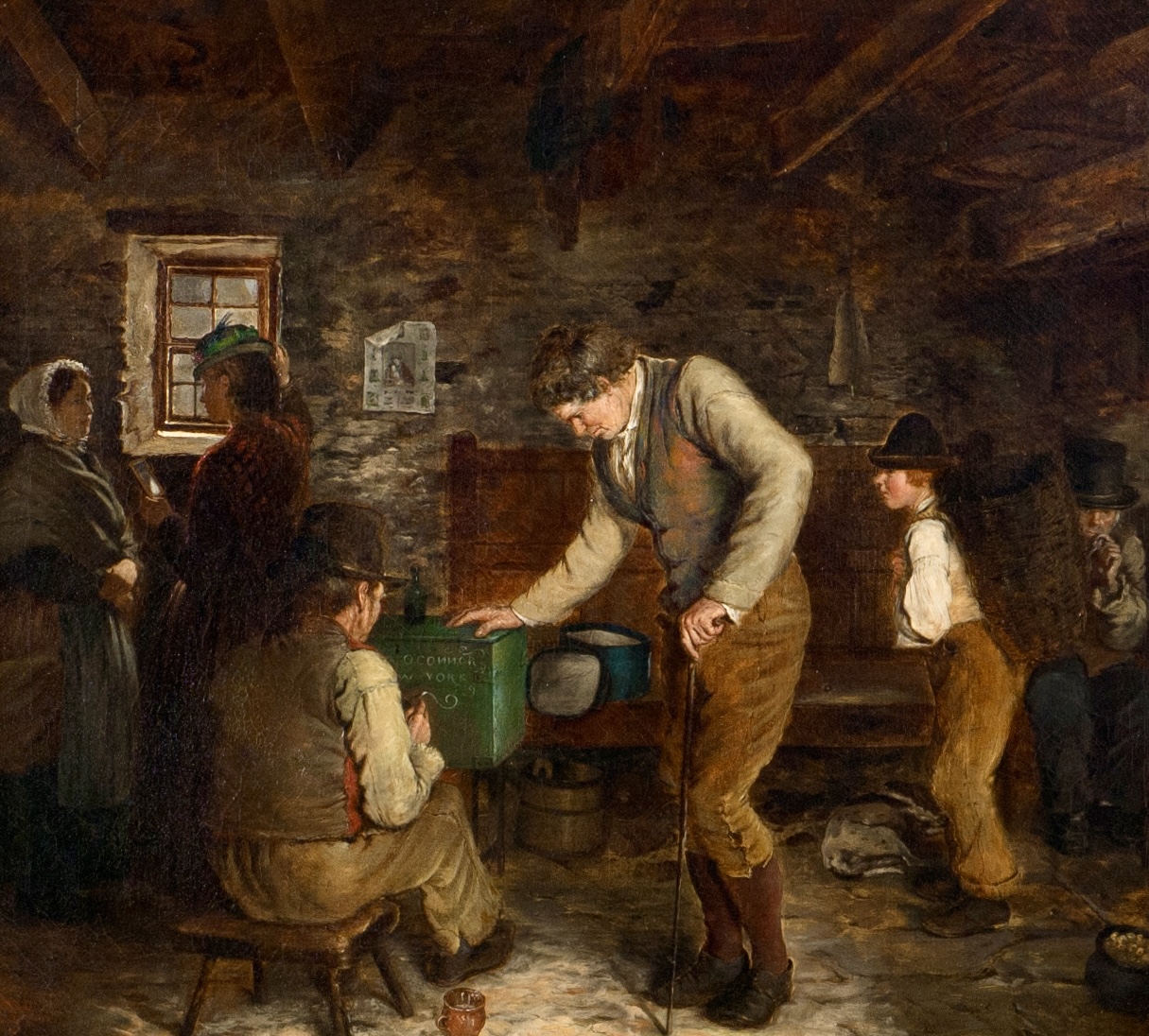Oil on Canvas: The Finishing Touch
17/07/2025

An artist can communicate so much with little more than a brush, paint, and canvas. Messages can be subtle or direct and a painting can conjure emotions like no other medium. When a rare talent comes along, it becomes apparent from a very young age. Such was the case with James Brenan.
Born in Dublin in 1837, Brenan lived through The Great Hunger and began training at The Royal Dublin Society school of design while still in adolescence. At the age of fourteen, he departed Ireland for England. There he continued his training as both artist and instructor, first in London and later in Birmingham.
Brenan returned to Ireland in 1860 where he embarked on a lengthy career in art education. Brenan first accepted the role of Headmaster at The Cork School of Art, a position he held for nearly three decades. In 1889 he took up the same role at the prestigious Dublin Metropolitan School of Art.
For the O'Connors, life will go on, but it will do so with an ocean separating generations that until now.

